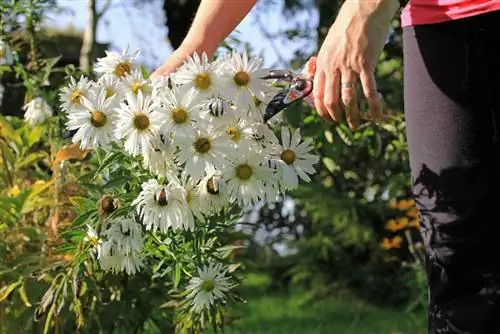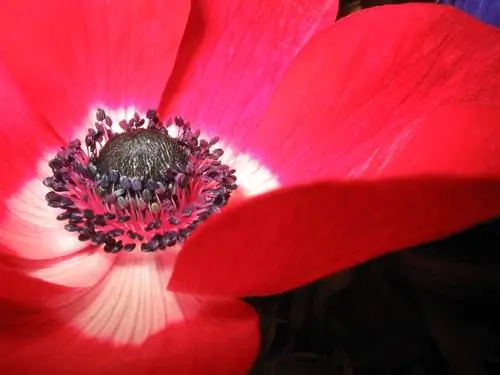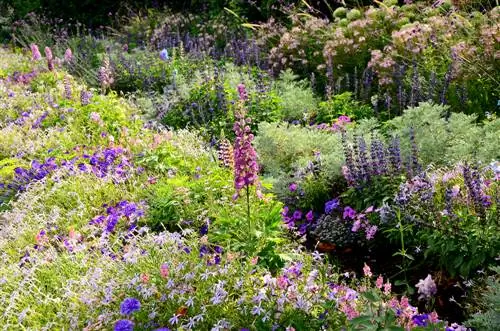- Author admin [email protected].
- Public 2023-12-16 16:46.
- Last modified 2025-01-23 11:21.
They are considered extremely easy to care for, add impressive splashes of color in the garden, but have to be brought to justice with their growth in late summer. When it comes to perennial plants, the principle applies that the weaker ones are overgrown by the stronger ones, so that bold pruning towards autumn is the prerequisite for lush flowers and fresh shoots at the beginning of the next garden season.

When and how should you cut hardy perennials?
Hardy perennials should be cut in late summer to encourage lush flowers and fresh shoots in the next gardening season. Remove diseased and dry plant parts, shorten shoots by two thirds and pay attention to the specific requirements of the respective perennial species, such as knapweed, autumn asters or cranesbill.
The diseased parts of the plant should first be removed thoroughly and then put away so that the remains cannot develop rot. Dry shoots are shortened to a height of five to ten centimeters above the ground. On the one hand, they are welcome retreats for insects or birds and the perennials have better protection from cold frosts during the winter. Shortening shoots by two thirds means that bud formation for the coming year can take place now, which the plants lack the biological strength to do during the actual spring flowering period. This is particularly true of the following late-blooming perennials:
- Knapweeds
- Autumn Star
- Storksbill
- Snakehead
- Balloon flowers
Cutting actions during late summer
Even if the hardy perennials are naturally very robust and are quite resilient as perennial specimens: constant snipping around is not recommended, even with intensively growing plants. The wound that inevitably occurs with every cut also promotes the penetration of pathogens, which in the long term can have a negative effect on the growth of the perennials.
Pruning to extend flowering times
- Promotes growth as dead plant parts are removed.
- Prevents unwanted self-sowing of falling seeds.
- Especially suitable for: phlox, coneflowers, lupins and peonies.
Pruning for leaf formation and promotion of second flowering
- Four weeks after cutting, new leaves may develop if the weather is favorable. If you do it particularly vigorously, you can also look forward to new flowers.
- The following are particularly suitable: Jacob's ladder, bellflower, delphinium, yarrow and sage.
Pruning to promote growth
- A generous cut on woody perennials shortly after flowering ensures a neat and bush-like perennial shape. To do this, shorten the relevant shoots by at least a third of their current length.
- Good for use with: rosemary, lavender, thyme and holy herb.






